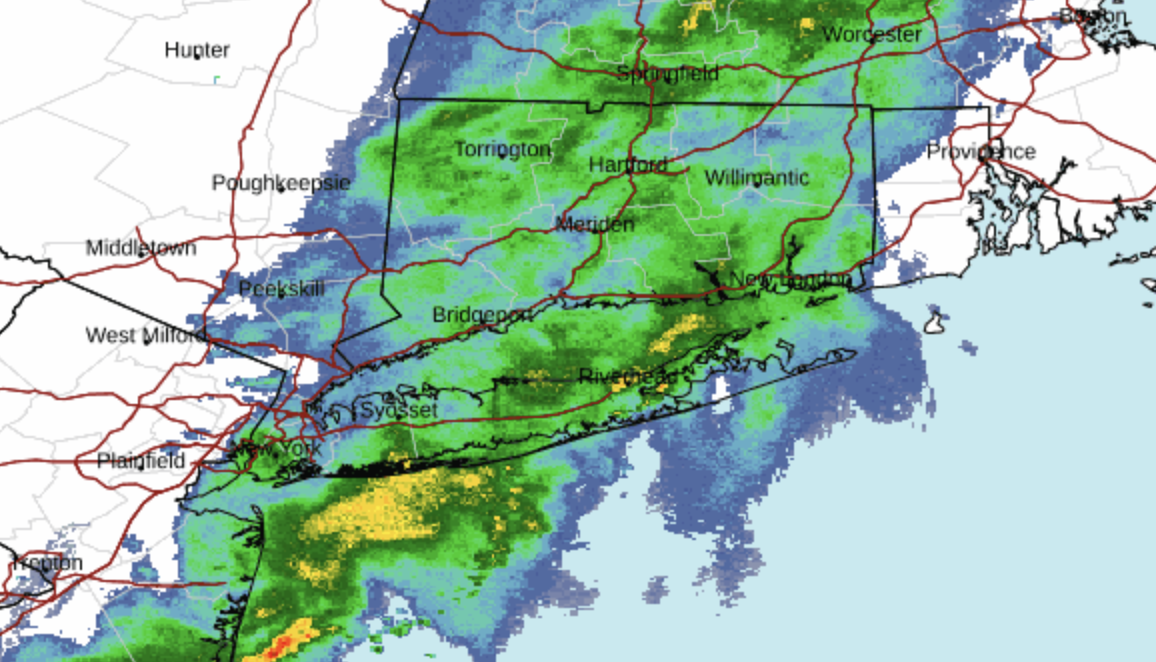Robert Kolker's New York Magazine feature on traffic deaths and injuries brings some welcome attention to NYPD's miserable enforcement record. But readers -- and the WNYC listeners who heard Kolker on the air yesterday -- will probably still come away with a warped view of what determines street safety in NYC.

Before I go any further, I should mention that I spoke to Kolker to provide background for the piece and I think his story gets a lot of things right. Still, the finished feature contains some sloppiness that was amplified in Kolker's radio appearance, marring what could have been a more compelling case for NYPD to get its act together.
The news hook for Kolker's story is the rise in annual citywide traffic deaths reported in the 2012 Mayor's Management Report -- at 291, a 23 percent increase over the previous year. The first potential cause Kolker mentions is, contrary to the evidence, bike lanes:
Safety advocates, however, argue that the city is still overlooking critical problems. Although the new bike lanes protect riders in some ways, for instance, critics say that sharing ever-narrowing roadways has created new hazards. The lanes cause a false sense of security, some say, and many bikers don’t abide by the law. Bike lanes, in this view, add to, rather than ameliorate, chaos.
Note that no "safety advocates" making this argument are quoted or named. That's because people versed in street engineering know quite well that the new bike lanes have made people safer, with injury rates for pedestrians, cyclists, and motorists declining on the streets that have them. On the major Manhattan avenues where protected bike lanes have been installed, the drop in injuries ranges from about 8 percent on First and Second to 35-56 percent on Eighth and Ninth.
The only people on the record claiming that narrower roadways increase risk are, to the best of my knowledge, the exceptionally well-connected cohort who wanted to turn Prospect Park West back into a three-lane speedway by getting rid of a safe-for-all-ages two-way protected bike lane. They advocated for the opposite of safety.
While this passage is just a few sentences in a mostly-solid feature story, it seems to have been a major takeaway for WNYC's Heidi Moore, who interviewed Kolker yesterday while guest-hosting the Brian Lehrer Show. Moore's intro: "Cars and pedestrians have always battled on the streets of New York. Add more and more bikes to the equation, and you get a dangerous mix with sometimes tragic results." Kolker then compounded his printed error when he responded to a caller who'd been struck by a cyclist not by noting that some people do bike recklessly, but by lamenting "how difficult it can be to cross the street these days with these bike lanes." As if rule-breaking cyclists only appeared on the streets of New York when the pace of bike lane roll-out accelerated.
In suggesting that bike lanes have made streets more dangerous, Kolker committed the same mistake the New York Times made when reporting on the increase in traffic deaths: suggesting a cause that doesn't fit the available information.
As a reporter, I can sympathize to an extent, because we want to explain things, and the available data about these 291 traffic deaths is really skimpy. But that points to a key omission in the New York piece: Kolker doesn't mention that there's no reason for the data to be this sparse. All it would take is for NYPD to release a map of where the traffic deaths are happening -- data they could easily make public -- and New Yorkers would at least see how the streets with new bike lanes are faring compared to the streets without them.
But NYPD hasn't produced a map like that, even though the department is now required by law to post the location of all traffic injuries each month. Instead, they put up unwieldy PDFs. New York Magazine had to piece together its own incomplete map of traffic fatalities. To get details about specific crashes, victims' loved ones often have to take NYPD to court. While Kolker nicely conveys the police department's failures to enforce traffic laws and investigate crashes, he doesn't dig into NYPD's stubborn refusal to shed light on why and where traffic injuries happen.
The department's neglect of traffic enforcement marks not only a major contrast with NYC DOT's current emphasis on safety, but also a step backward for NYPD itself -- even compared to the bad old Giuliani years. It was 14 years ago (not 12, as reported) that TrafficStat debuted and brought some data-driven accountability to traffic enforcement. "Precincts with high numbers of accidents or fatalities are called to the podium and questioned about what he or she is doing to prevent, reduce or eliminate the accident-prone conditions," Henry Cronin, then the chief of NYPD's traffic division, told the Daily News at the time. "The summonses should be specifically related to the causes of accidents at that location. We're not looking for frivolous summonses." The Ray Kelly NYPD of 2012 has actually fallen behind the Howard Safir NYPD of 1998 when it comes to traffic enforcement techniques.
With a few more details about Kelly's failures and a little less unfounded speculation about bike lanes, the New York piece could have headed off the inane cars-vs.-bikes-vs.-pedestrians framing on WNYC and upped the pressure on NYPD to take street safety seriously. There's a chance for redemption coming up soon: Kolker will be appearing on the local NBC affiliate this weekend to discuss his piece.





